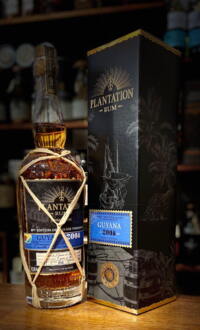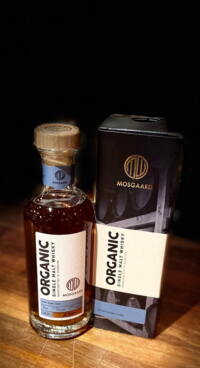Sparkling wines
A quality sparkling wine must contain at least 3.5 bars of carbon dioxide pressure and a minimum of 10% alcohol. It can be made from a single grape variety or a blend of authorized quality grapes. Sparkling wine can be white, rosé, or red, but white and rosé are the most popular variants.
The production of sparkling wine can occur in large tanks, where fermentation can take place under optimal conditions, or through the more time-consuming method of fermentation in the bottle.
Prosecco is a protected region in northern Italy, encompassing Veneto and Friuli. Various types of wine are produced here, including Tranquillo (still wine), Frizzante (lightly sparkling), and Spumante (heavily sparkling). White Prosecco wine must always contain a minimum of 85% Glera grapes, with the remaining 15% possibly sourced from eight different grape varieties. Prosecco can be fermented both in large tanks and bottles.
A quality sparkling wine must contain at least 3.5 bars of carbon dioxide pressure and a minimum of 10% alcohol. It can be made from a single grape variety or a blend of authorized quality grapes. Sparkling wine can be white, rosé, or red, but white and rosé are the most popular variants.
The production of sparkling wine can occur in large tanks, where fermentation can take place under optimal conditions, or through the more time-consuming method of fermentation in the bottle.
Prosecco is a protected region in northern Italy, encompassing Veneto and Friuli. Various types of wine are produced here, including Tranquillo (still wine), Frizzante (lightly sparkling), and Spumante (heavily sparkling). White Prosecco wine must always contain a minimum of 85% Glera grapes, with the remaining 15% possibly sourced from eight different grape varieties. Prosecco can be fermented both in large tanks and bottles.

















